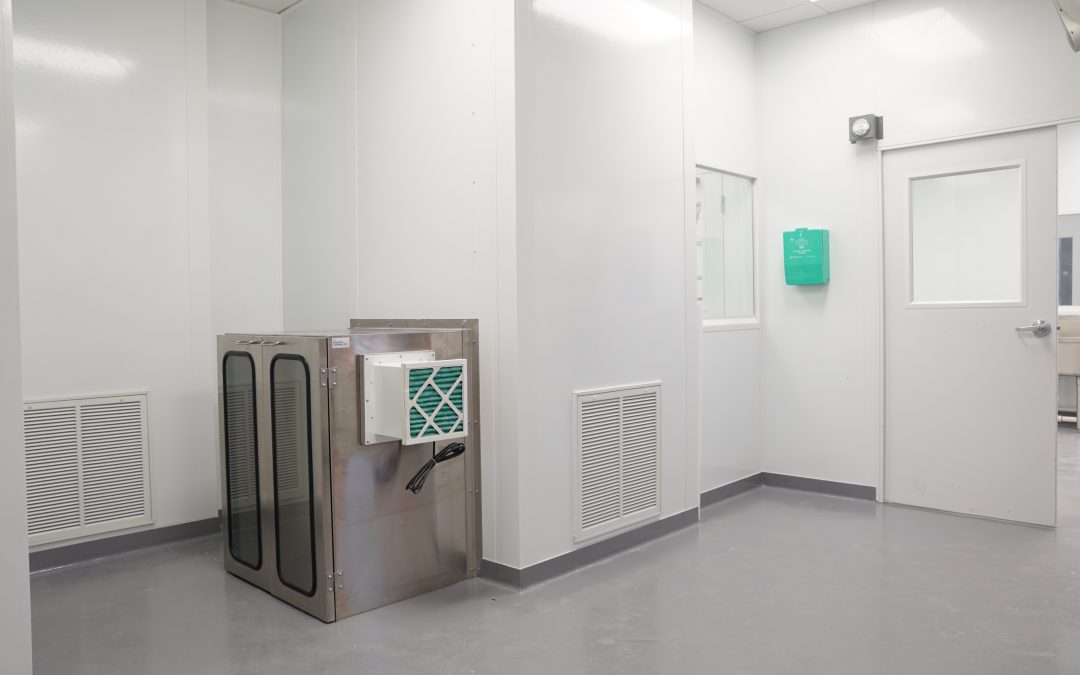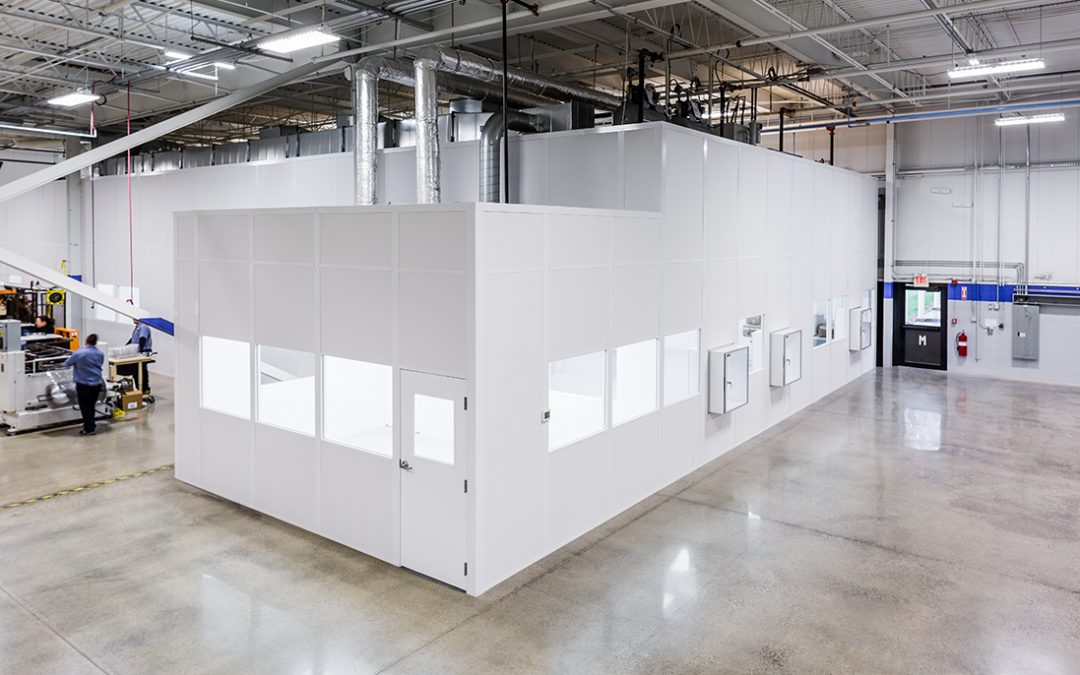
Cleanroom HVAC Systems Explained
In cleanrooms, air is crucial – how it’s filtered, how it’s heated and cooled, and how it’s circulated. Because of this, knowing how HVAC and filters work together is crucial to maintaining cleanroom air decontamination and meeting cleanroom standards. Before you install a new cleanroom, here’s what you need to know about your cleanroom’s HVAC system:
Dedicated vs. Integrated HVAC
When it comes to cleanroom HVAC systems, the first decision is whether to have a dedicated HVAC system or to incorporate your building’s existing HVAC. This depends on the necessary level of environmental control, the size of your cleanroom, and the other energy requirements of your facilities. Using an existing HVAC system can help you save money at the outset, but for very large cleanrooms or factories, a dedicated system might be more efficient and keep a reasonable load on each system so that they can run efficiently. Additionally, while you can combine a filtration system with an existing HVAC system very efficiently, for extremely stringent cleanroom standards, dedicated HVAC may be your best bet.
Filtration systems
Filtration is also an important consideration here. There are three basic types of filters used in cleanrooms: prefilters, HEPA filters, and ULPA filters. Prefilters are used with both HEPA and ULPA filters as a first step in the filtration process, removing large particles.
HEPA filters are High-Efficiency Particulate Air filters, and they filter out 99.99 percent of particles 0.3µm or larger.
ULPA filters are Ultra Low Particulate Air filters, and filter out 99.999 percent of particles larger than 0.12µm.
Purity Testing
Once your HVAC and filtration systems are in place, you must regularly test the air purity of your system. Testing should occur initially in three phases: as-built testing (when all services are connected and working), at rest (when all equipment is installed and in place), and performance qualification (occurring regularly while the cleanroom is in operation).
Are you designing a new cleanroom or updating an existing one? Angstrom Technology has the products and expertise you need.


